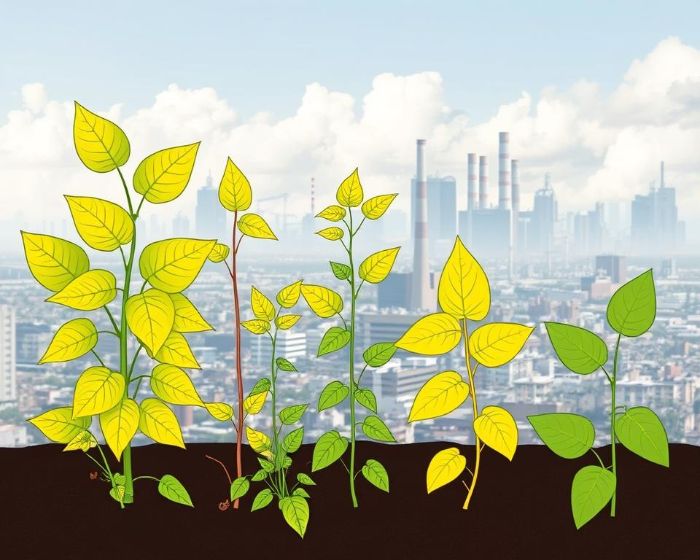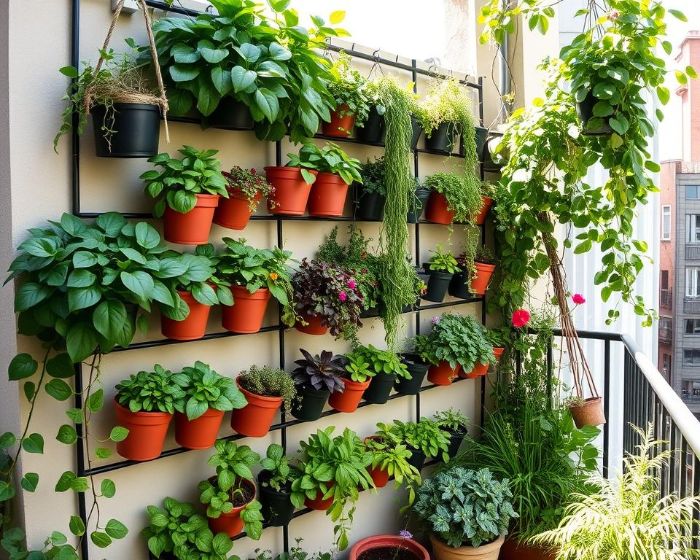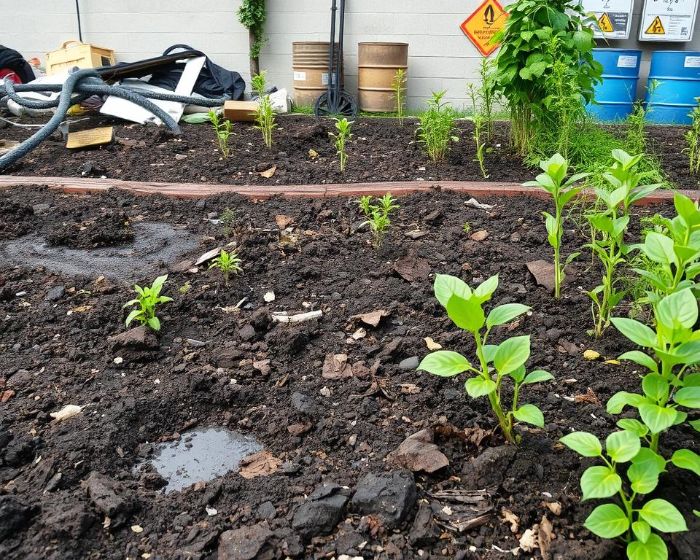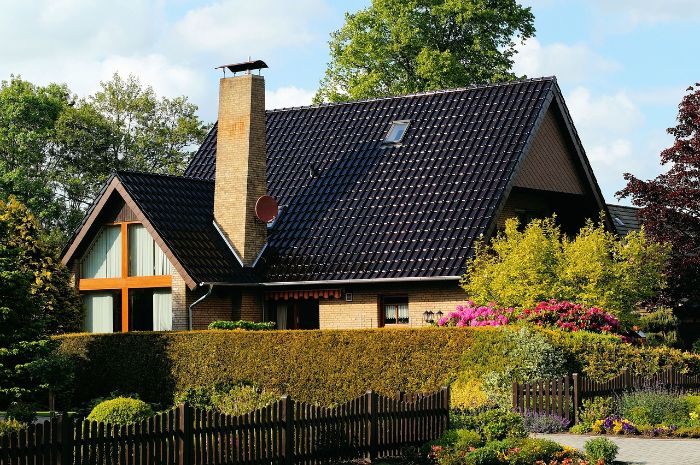Are you finding it hard to grow veggies in your low-light garden? Think you need lots of sun for a great veggie harvest? Not true! This article will show you which vegetables can thrive even in the shade. This proves that sunlight isn’t the only key to growing great veggies.
While many veggies love full sun, there are others that do well in shade. These shade-tolerant varieties don’t just deal with less light; they do better with it. They’ve adapted to grow and give lots of produce even with little sun.
Let’s look at why shade-tolerant vegetables are a great choice. We’ll share tips on checking light levels and getting your soil ready. Also, we’ll talk about the best ways to grow them and the common problems you might face. Our goal is to help you become a successful shade gardener.
We’ll also talk about the top shade-tolerant vegetables. They include leafy greens, root vegetables, brassicas, herbs, and more. You’ll get to learn about each one’s needs, how to grow them, and tasty ways to use them. This info will help you choose the right veggies for your shady garden.
Excited to improve your gardening skills? We’re here to unlock the secrets of shade-tolerant gardening. With our advice, you’ll see how easy it is to grow a full harvest, even in the shade.
Key Takeaways:
- Discover the best shade-tolerant vegetables for low-light gardens
- Challenge the belief that full sun is necessary for successful vegetable gardening
- Learn valuable tips for assessing light levels and preparing the soil in shaded areas
- Explore effective growing techniques and strategies for maximizing yields in low-light conditions
- Address common challenges faced by gardeners in shaded gardens and discover solutions
Table of Contents
About Shade-Tolerant Vegetables
Understanding the Benefits of Growing Shade-Tolerant Vegetables
In spots with little light, shade-tolerant vegetables are a game-changer. They can grow well in places where sunlight is hard to come by. This makes them perfect for spots in your garden that don’t get much sun.
Adding these veggies to your garden lets you make the most of every corner. Even without a lot of sunlight, you can still grow a wide range of crops. They work well in areas that are usually overlooked for planting.
Challenges of Gardening with Limited Sunlight
Gardening in the shade comes with its own set of problems. Without enough sunlight, plants can’t make the food they need. This slows down their growth and makes them weaker.
But, you can still have a great garden if you choose the right veggies. Knowing how to overcome these issues is key. It means you can keep your plants healthy and productive, even in the shade.
Factors to Consider for Shaded Gardens
Gardening in the shade needs smart planning for your plants to do well. We will look at three key ideas for making your shaded garden succeed: checking the light, getting the soil ready, and tips on watering.
Assessing Light Levels in Your Garden
It’s key to know how much light reaches your garden to pick the right veggies. Each part of your garden can get different amounts of sun. Watch the sun’s path during the day where you want to plant. You can also use a light meter to measure the light in your garden accurately.
Soil Preparation for Shaded Areas
Good soil is essential for your plants in shady spots. First, make sure the soil can drain well to avoid water sitting and causing harm. Adding compost or old manure can improve the soil and drainage.
Keep the soil rich for your plants. Use organic fertilizers and test the soil regularly. Adjust the feeding to keep your plants healthy and strong.
Watering and Maintenance Tips
Watch the water for your shade-loving plants to stay healthy. They like less water, but they need it often. Water deeply but not too much, and always keep an eye on how wet the soil is.
Keeping the soil covered with mulch helps hold in the moisture. It also keeps the soil cool, which your plants will like. And remember to weed and clear out old plants to protect your garden.
Taking care of these points can help your shaded garden grow well. With the right care, you can enjoy a garden full of thriving, beautiful plants.
Top Shade-Tolerant Vegetables
Even in low-light gardens, you can harvest a lot by growing shade-tolerant vegetables. These plants do well in areas with not much sunlight. This makes them perfect for shaded gardens. We’ve made a list of the top shade-tolerant vegetables to help you choose for your garden.
Leafy Greens
Leafy greens like spinach, lettuce, and kale are great for shade gardens. They need cool and moist spots to thrive. So, they fit perfectly in low-light areas.
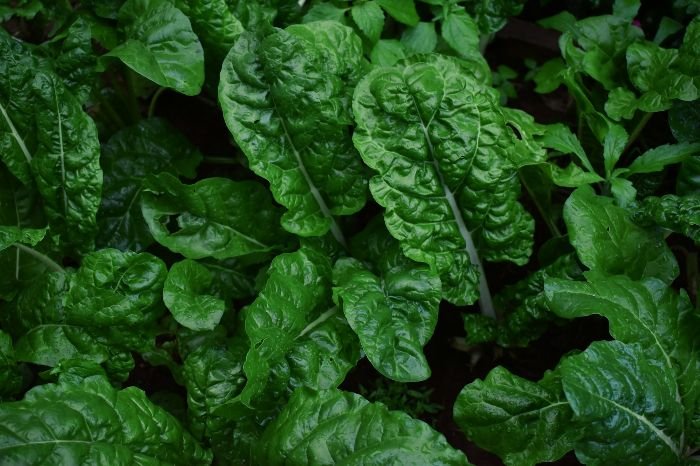
- Spinach
- Lettuce
- Arugula
- Kale
Root Vegetables
Root vegetables also work in the shade. They might grow slower but still get tasty roots. Try beets, carrots, radishes, and turnips in your garden.
- Beets
- Carrots
- Radishes
- Turnips
Brassicas
Brassicas like cabbage and broccoli ideally prefer sun. Yet, some can handle shade and still give a good harvest. Consider growing kale, broccoli raab, Chinese cabbage (Bok Choy), and collard greens in the shade.
- Kale
- Broccoli raab
- Chinese cabbage (Bok Choy)
- Collard greens
Herbs
Several herbs do well in the shade, adding to your recipes and garden’s charm. Mint, parsley, chives, and cilantro are great shade-loving options.
- Mint
- Parsley
- Chives
- Cilantro
Other Vegetables
There are more than just leafy greens, root vegetables, and herbs for shade gardens. You can try peas, beans, Swiss chard, and even mushrooms.
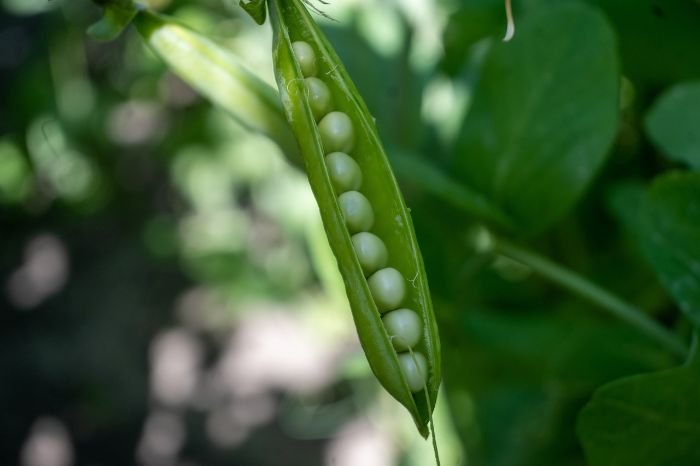
- Peas
- Beans
- Swiss chard
- Mushrooms (shade-loving fungi)
This guide offers many options for shade-tolerant vegetables. Whether you like green, root, or even mushroom vegetables, you can have a garden that flourishes in shade. Try different types and enjoy a lush garden, even in the darkest spots of your yard.
Growing Techniques for Shade-Tolerant Vegetables
Optimizing Light Exposure
To help shade-tolerant veggies grow well, it’s key to make sure they get enough light. This allows them to do their best at making food and growing. Let’s look at some ways to do this:
- Proper Plant Spacing – Let your shade-loving plants have room to catch the light. Too many plants close together can fight for light and not grow well.
- Trellising – Grow plants like tomatoes or cucumbers up on trellises. This helps them get more light since they’re higher up.
- Strategic Plant Placement – Put taller plants towards the south or west in your garden. They’ll provide shade for the smaller plants, helping them grow in less light.
Following these steps will help your shade veggies get the light they need to thrive.
Companion Planting Strategies
Pairing certain plants together can make your garden healthier. It can keep bugs away, make the soil better, and even up how much food you get. Here are a few good plant friends:
Beans and Corn – By planting beans with corn, both plants win. Beans help corn grow strong, and corn gives beans something to climb on.
Basil and Tomatoes – Basil keeps harmful insects away from tomatoes by warding off bugs like aphids and whiteflies.
Lettuce and Radishes – Radishes protect lettuce from pests. This combo fights off bugs that bother lettuce, like aphids and flea beetles.
Pairing plants the right way can make your garden better. It helps the plants work together and stay healthy.
Using Reflective Surfaces to Increase Light
Adding reflective items to your garden can also boost the light. Things like mirrors or white walls can send extra light to your veggies. This technique is great for making sure shade-loving plants get enough sunlight. Here’s how you can use reflective surfaces:
- Place mirrors where they can bounce sunlight onto your plants.
- Use white stuff to cover your garden walls. This will make the space brighter.
- Pick metallic or light things to reflect sunlight onto your plants in the shade.
With reflecting surfaces, you can help more light reach your garden’s shady spots. This is essential for growing shade-tolerant vegetables.
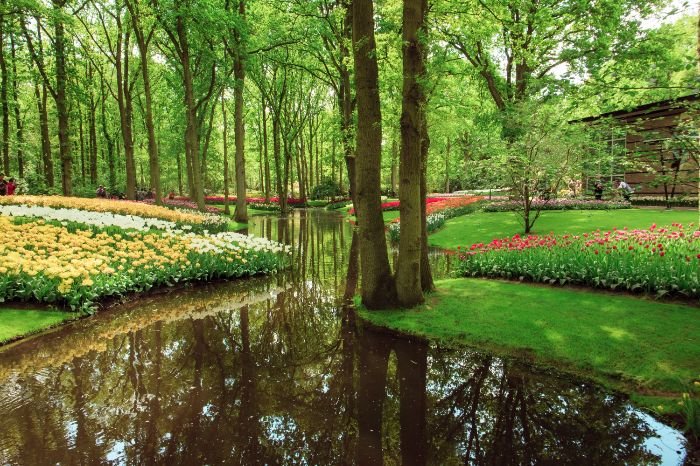
Common Challenges and Solutions
In the shade, gardeners face tough challenges. But with the right knowledge, these can be beaten. You can keep a garden full of healthy, shade-loving veggies.
Pests and Diseases in Shaded Gardens
Shade gardens can attract more pests and diseases. Shady spots are great for them to live. You should look at your plants often. Check for any bugs or diseases. Use things like neem oil to fight off pests naturally.
It also helps to keep your garden clean. Get rid of dead plants and weeds. This can stop pests and diseases before they start.
Managing Moisture Levels
Moisture in the shade can be both good and bad. Plants need water, but too much can hurt them. You must make sure water can drain well from your garden. Add compost to the soil to make it better at draining.
Don’t water plants too often. Let the soil dry out a bit between waterings. Using mulch on top of the soil keeps moisture in. Mulch also stops water from evaporating too fast.
Ensuring Proper Air Circulation
Good air flow is key to keeping plants healthy in the shade. Just like you, plants need fresh air. Without it, they might get sick. Make sure to leave enough space between plants for the air to move freely.
Trim plants that are too close together. This lets air flow better around them. Adding fans or wind chimes can also boost air movement. Wet plant leaves are a big no-no, so water in the morning. And remember, spacing plants out helps the leaves dry off quickly.
Seasonal Tips for Shaded Gardens
Planting Shade-Tolerant Vegetables in Different Seasons
In shaded gardens, it’s important to know when to plant shade-loving veggies. Seasons can change how well your crops grow. Spring is great for cool-season veggies like spinach and radishes. They love the cool and the shade.
Come summer, still get lots from your shaded garden. Go with veggies that like heat but still need shade, like kale. Swiss chard and bush beans are also good options.
For fall, pick plants that love cooler weather, like beets and mustard greens. They welcome the shade and cool down with shorter days. Make sure they have time to grow before it gets too cold.
In winter, there are still veggies you can grow, like collard greens. They’re strong enough for less light and cold. You can keep getting fresh veggies, even when it’s chilly.
Extending the Growing Season with Shade Covers
To grow longer in the shade, use covers that temper the sun. These covers make a great home for shade-loving veggies. They shield plants from too much sun or heat, helping them stay healthy longer.
It’s key to pick the right shade level for what you’re growing. All plants need light, but not too much. Keep an eye on how warm and moist it is under the covers. This helps your plants do their best.
Harvesting Tips for Optimal Yield
When picking shade-friendly veggies, timing is critical for the best results. With leafy greens, pluck the big outer leaves first. Leave the small ones to get bigger as you pick.
For roots like beets, harvest when ready. Pull them out gently, watching you don’t hurt other nearby plants.
Brassicas, such as broccoli, are ready when their heads are firm. Cut them with a sharp knife, keeping some leaves to help more grow.
Herbs need constant picking, like cilantro. This keeps them growing fresh. Don’t forget to pick veggies like Swiss chard often. It keeps them coming and tasting good.
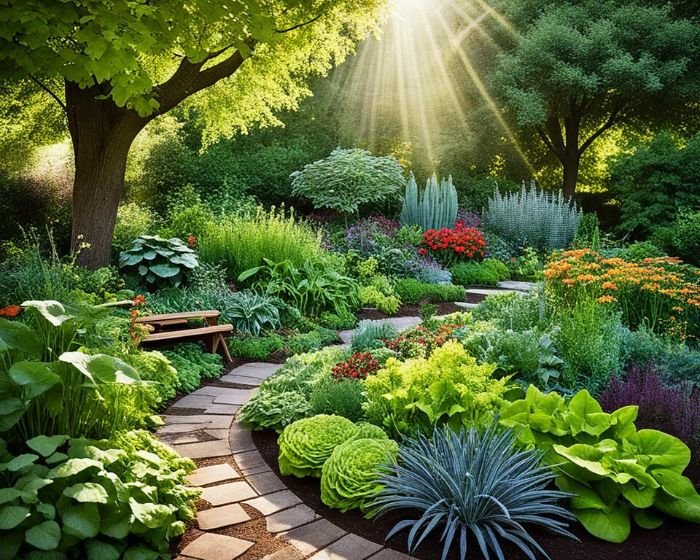
Benefits of Shade-Tolerant Gardening
Let’s look at the good side of shade-tolerant gardening. It’s not just about a good harvest. It offers many perks for a green and healthy life.
Health Benefits of Shade-Tolerant Vegetables
Shade-loving veggies are great for your health. They’re full of vitamins, minerals, and antioxidants. Eating them helps your immune system and digestion. It also lowers disease risks like heart problems, cancer, and diabetes. They keep you healthy and feeling good.
Enhancing Biodiversity in Your Garden
Planting shade-loving vegetables helps nature thrive in your garden. They bring in helpful insects, birds, and wildlife. This makes your garden a better home for plants. It also supports the variety of life around your area.
Sustainability and Resource Efficiency
Shade gardening is good for the planet. These veggies need less water. This helps save resources and reduce waste. Also, with less sunlight, you use less energy for lighting. It’s a win for the environment and your pocket.
Conclusion – Thriving in Low-Light Gardens
We’ve learned a lot about shade-loving veggies and why they’re great for dim places. Adding these strong plants to your garden makes even the darkest spots shine. You can turn any shy area in your yard into a lively, fruitful spot.
Remember to know your garden’s light levels well. Make sure to pick vegetables that like shade for each spot. Also, look at how much sun the area gets before you plant.
To make your plants even happier, space them right and consider planting friends near them. Also, adding things like mirrors or white walls can bounce more light to your plants. This means they’ll get more sun even in shady places.
Dealing with bugs, plant diseases, and keeping the right amount of water for your plants is key. Good air flow is important too. Do these things, and your garden will be the best home for your shade-loving veggies.
Shade gardens have a lot to offer. They give us healthy food and make our gardens more diverse. They are also good for the planet. Shade gardens save water and cut down on using too much electricity for lights.
Now that you’ve got the tips from this article, you’re ready to make a low-light garden shine. So, start planting those shade-loving vegetables and get ready for a great harvest. Happy gardening!
FAQ
What are shade-tolerant vegetables?
Shade-tolerant vegetables thrive or survive in areas with less sunlight.
What challenges do gardeners face in low-light gardens?
Gardeners in these gardens must work with less light for growth.
How can I assess light levels in my garden?
Watch and note how much sunlight each spot gets each day to know.
How do I prepare the soil for shaded areas?
Improve the soil by working on drainage, adding nutrients, and more organic matter.
What are some watering and maintenance tips for shaded gardens?
Keep the plants moist and look after them regularly to make them thrive.
How can I optimize light exposure for shade-tolerant vegetables?
Place them correctly, use trellises, and let taller plants offer shade to others.
How can I thrive in low-light gardens with shade-tolerant vegetables?
Use the right veggies and advice to make your shady garden full of life and produce.







